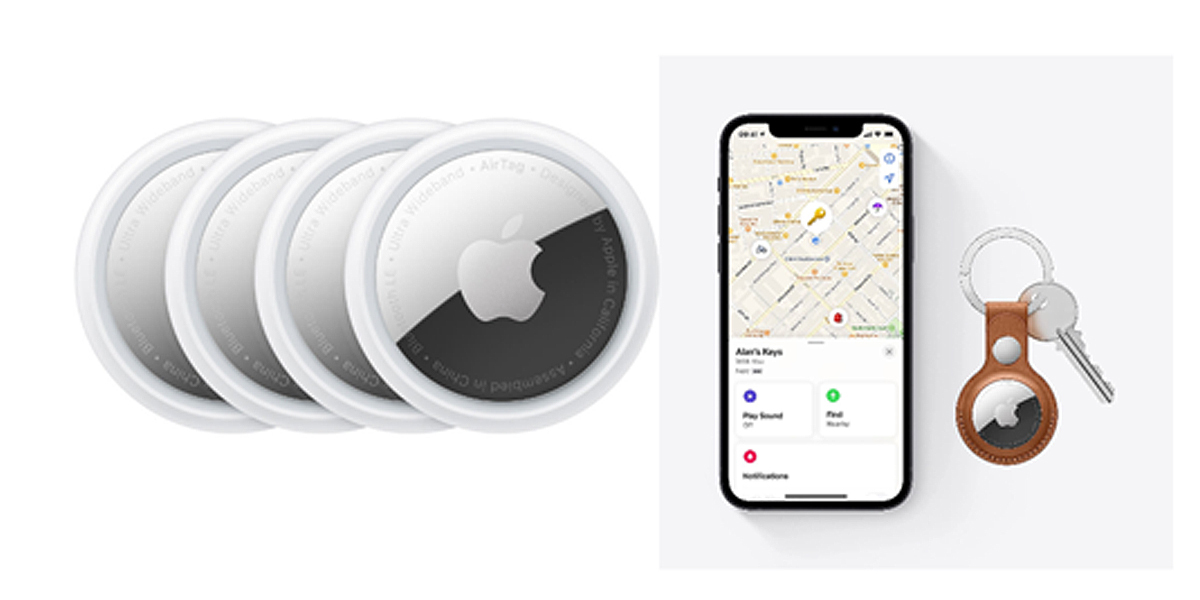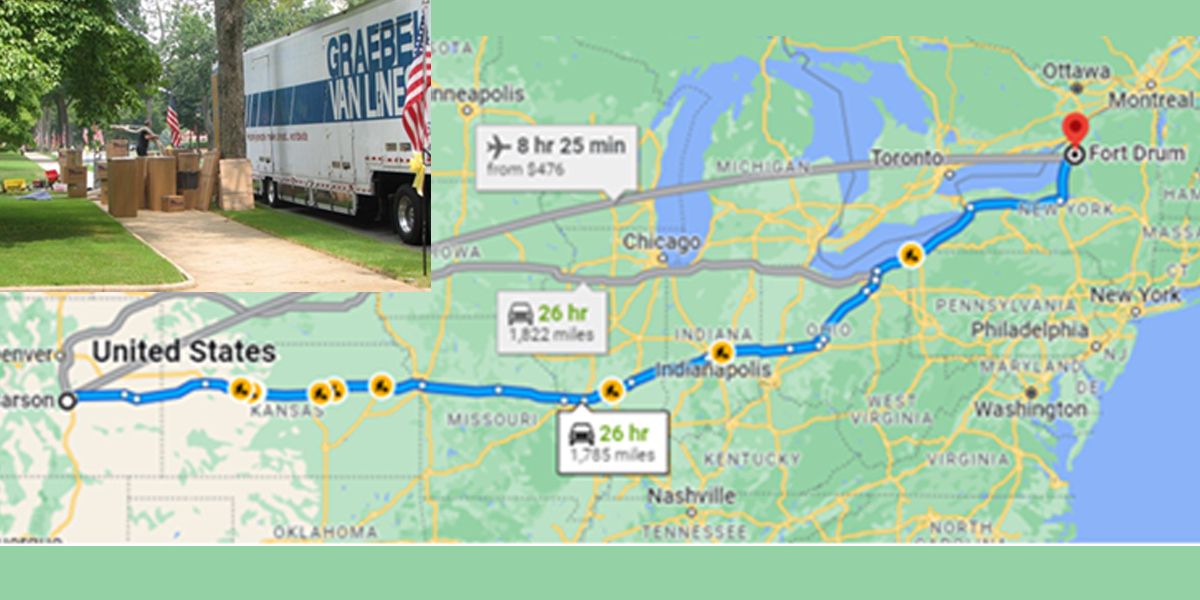Zachary McBride recounts how Apple’s Air Tag is becoming a must-have for U.S. military families relocating on tours of duty

In today’s society, geospatial technologies have made it possible to know the whereabouts of your family, friends, and belongings at any given point throughout the day. Utilizing a continuous geolocation feature on most phones, your phone can ping you in certain situations, such as when your friend is in the coffee shop across the street.
While many people are sceptical of the security issues involved with such features, service members in the United States Military can utilize them in an unexpected, yet resourceful way.
Apple unveiled the “Apple Air Tag” (pictured below) in April of 2021 as a sleek and modern tracking chip for hard-to-find objects such as keys or wallets. With a battery life of around one year, people now attach them to a whole variety of objects which, if lost, can be accurately geo-located on their phone app. It is now common practice to put these air tags on valuable items, such as cars, in the event they are stolen. Simply pull up the app and show the location to the appropriate authorities.

Military families across the nation have taken to the functionality of the Air Tags and applied them to their cross-country Permanent Change of duty Station (PCS) moves. Around 400,000 servicemen and their families conduct a PCS each year; many of which rely on a third-party shipping company contracted by the military to transport their household goods. This process can be drawn out and complicated, often resulting in months of waiting and with some items missing after the move.
One military spouse had the idea of utilizing the geo tracking features of the Apple Air Tag to track where her household goods were on a PCS move from Ft. Carson, Colorado to Ft. Drum, New York (see map below).
After slipping the air tag into her son’s toy box before it was packed away, the family moved cross country to their new home in New York. After a month of waiting for their belongings, the date came in January 2022 where they were set to receive the shipment. However, they received a call from the moving company stating that they would receive their items the following Sunday.
A few hours after the call took place, the family received a direct call from the driver stating he had just picked up their shipment from Colorado that same day, and would arrive one day later than what was stated in the call from earlier. The spouse, knowing the exact location of their possessions due to the air tag in her son's belongings, confronted the driver on the call stating her items were in New Jersey at the time. At the mention of this information, the driver promptly hung up on her.
Through further investigation, the family discovered that the driver had taken a few days to detour to New Jersey to see his girlfriend. After their household goods were eventually delivered, they were still missing more than a page-worth of items, some of high value. The spouse only packed away the one air tag, however she said she regrets not packing more of them with some of the valuable items.

The military PCS process is far from perfect. With the utilization of third-party moving companies and constant moves for military families, there is large room for error when it comes to having everything run smoothly.
Today’s civilian geospatial tracking technology has helped ease some of these moving pains by giving the power back to military members in tracking their goods. Until the processes are improved for PCS moves, items such as the “Apple Air Tag’ are a must-have for military families in keeping tabs on their possessions.
While Apple Air tags are a valuable tool that military families can use during PCS moves, they are not the only tool out there for families to use. There are plenty of examples of geospatial tools or applications that are used by moving families that many don’t realize are geospatial tools. One common example is the use of Zillow.
Zillow shows all the available houses for sale or rent within a given search area. Other data provided with each property usually includes a property history, proximity to locations such as schools, and other pertinent information to potential home buyers or renters.
Another example is the use of Google Maps used to travel to the new location, and for most of the travel while initially there to learn the area. Not many people realize that these tools are geospatial, however they are usually deemed essential by families who regularly PCS.
Examples like Apple Air Tags, Zillow, and Google Maps are but just a few examples of geospatial tools that thousands of military families use to PCS every year. While it is not ideal to move regularly, tools such as these make the process easier for families
Sources: https://www.newsweek.com/army-...
Zachary McBride is a student at the Missouri University of Science and Technology in Rolla, Missouri, U.S.A (https://www.mst.edu/)
Subscribe to our newsletter
Stay updated on the latest technology, innovation product arrivals and exciting offers to your inbox.
Newsletter

